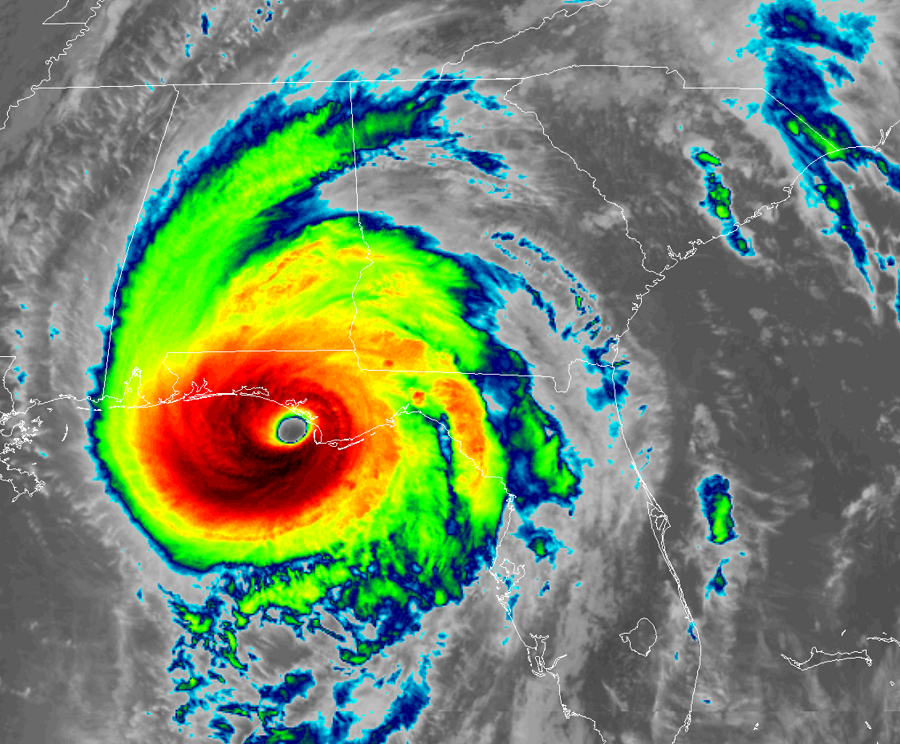
Scientists at NOAA’s National Hurricane Center conducted a detailed post-storm analysis on all the data available for Hurricane Michael and have determined that the storm’s estimated intensity at landfall was 160 mph. This final wind intensity is a 5 mph increase over the operational estimate and makes Michael a category 5 storm on the Saffir-Simpson Hurricane Wind Scale at the time of landfall on October 10, 2018, near Mexico Beach and Tyndall Air Force Base, Florida.
Michael is the first hurricane to make landfall in the United States as a category 5 since Hurricane Andrew in 1992, and only the fourth on record. The others are the Labor Day Hurricane in 1935 and Hurricane Camille in 1969. Michael is also the strongest hurricane landfall on record in the Florida Panhandle and only the second known category 5 landfall on the northern Gulf coast.
The Saffir-Simpson Wind Scale ranks a storm’s intensity based on maximum sustained winds. While winds are destructive around a hurricane’s core, hurricanes have many more threats, including coastal storm surge flooding and inland flooding from rain. During the 2018 Atlantic Hurricane Season, more people died from flooding than any other threat presented by the hurricanes and tropical storms that impacted the U.S.